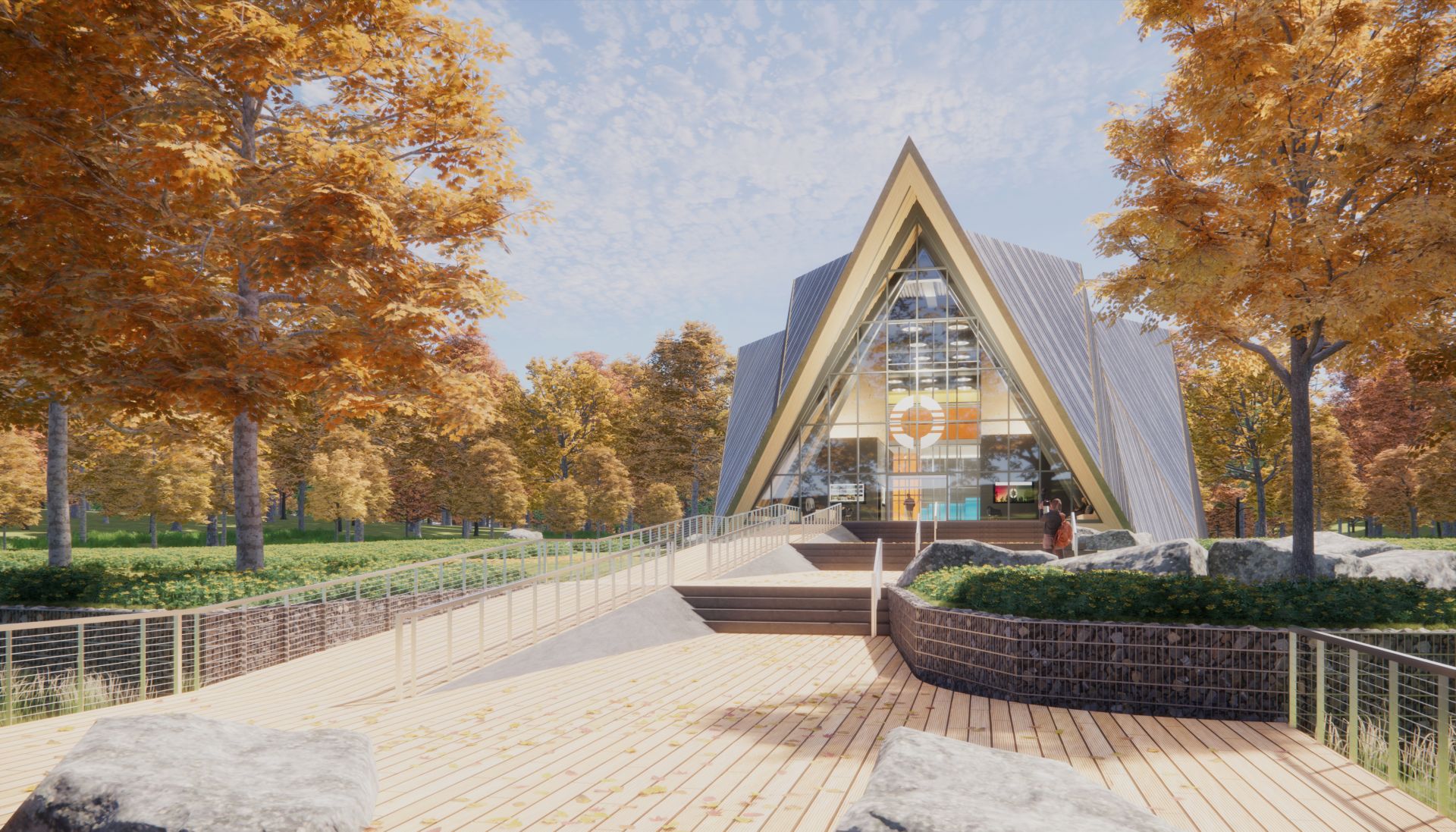 US-based Oklo and the Southern Ohio Diversification Initiative (SODI) have signed an agreement for land to host two more of Oklo’s Aurora design fast neutron microreactors. Oklo received a site permit in December 2019 from the US Department of Energy to build its first Aurora facility at Idaho National Laboratory (INL).
US-based Oklo and the Southern Ohio Diversification Initiative (SODI) have signed an agreement for land to host two more of Oklo’s Aurora design fast neutron microreactors. Oklo received a site permit in December 2019 from the US Department of Energy to build its first Aurora facility at Idaho National Laboratory (INL).
SODI, a community-reuse organisation, plans to deploy two 15 MWe plants at its Portsmouth site near Piketon, Ohio. DOE began transferring parcels of the Portsmouth site to SODI in June 2018 for economic development. The site previously hosted the Portsmouth Gaseous Diffusion Plant, now undergoing decontamination and decommissioning.
Oklo said the two Ohio units are expected to provide up to 30 MWe and more than 50 MW of heating, with opportunities to expand. Oklo envisions the plants as area job creators, furthering SODI’s mission to improve the quality of life for the southern Ohio community through economic diversification and the advancement of clean energy solutions.
SODI is one of the partners for the Site Reuse Deployment Guidance for Advanced Reactors project, along with team members from Orano Federal Services, Southern Nuclear Company, Electric Power Research Institute, and INL. The project was funded through a grant from the DOE’s Office of Nuclear Energy to support the deployment of advanced reactor technology and the use of former nuclear sites.
In March 2020, Oklo submitted to the US Nuclear Regulatory Commission a combined licence application to build and operate the Aurora microreactor at INL and the application was accepted for review. DOE provisionally approved a specific site within the INL Site for the location of the powerhouse in late 2021.
However, in January 2022, NRC denied the application, citing the company’s failure to provide sufficient information on several crucial topics regarding the Aurora design. Oklo’s application contained “significant information gaps” in its description of Aurora’s potential accidents as well as its classification of safety systems and components, NRC said. Although this prevented further review, NRC said it would re-engage with Oklo if the company submitted a revised application, which it did in September 2022.
The Aurora design uses heat pipes to transport heat from the reactor core to a supercritical carbon dioxide power conversion system to generate electricity. It uses metallic high-assay low-enriched uranium, (HALEU) fuel. Oklo says the reactor builds on the Experimental Breeder Reactor-II (EBR-II) and space reactor legacy. EBR-II features a hexagonal fuel element with a sealed heat pipe and a passive air-cooling system. Oklo initially marketed a 1.5 MWe microreactor version of the Aurora, but has now expanded its capacity offerings from 15 MWe to 100 MWe. The design is simplified with more affordable and simpler components, and it is modular, which allows the company to achieve cost competitiveness, the company says.
Image: A rendering of Oklo’s Aurora Powerhouse (courtesy of Oklo)






